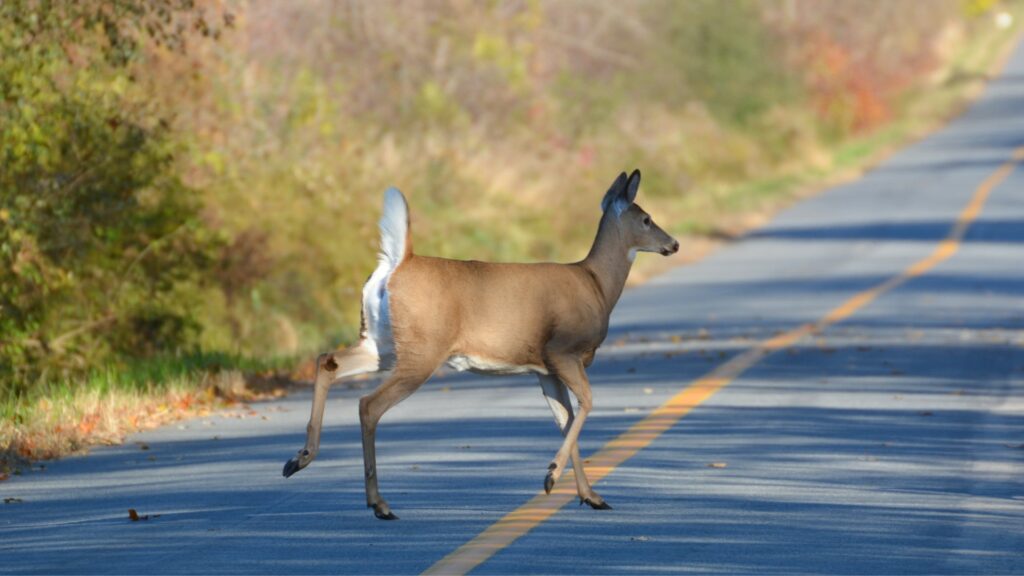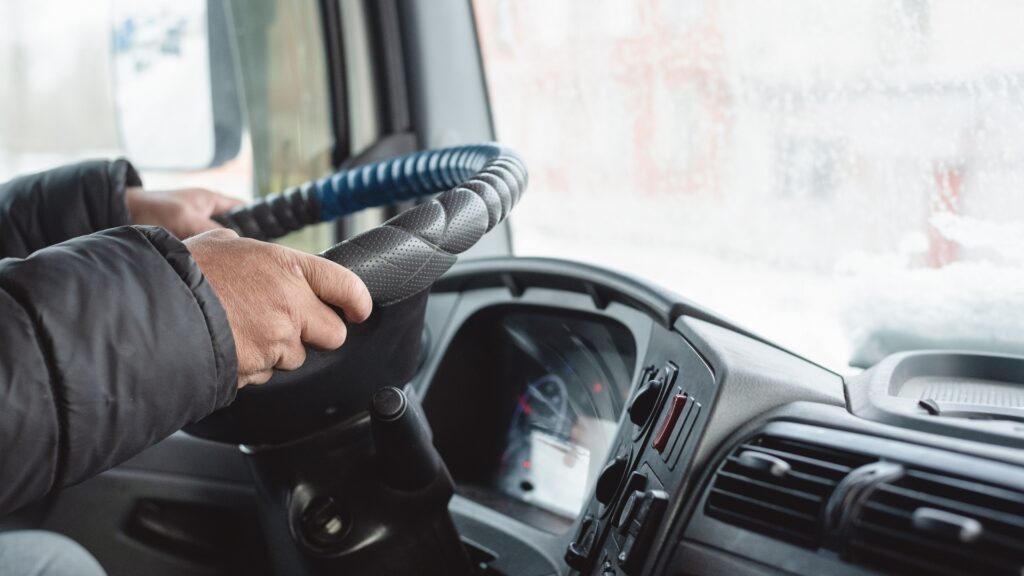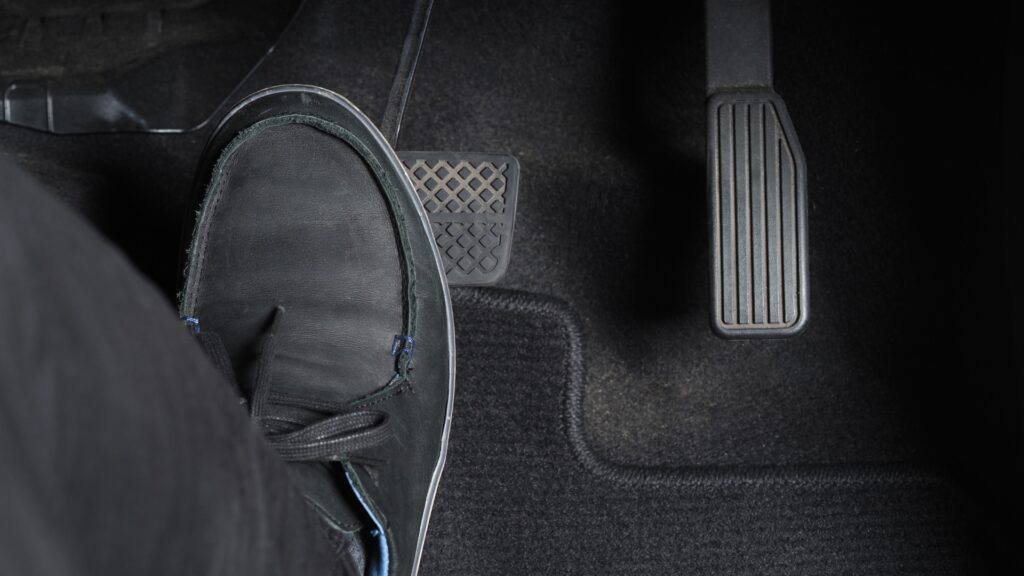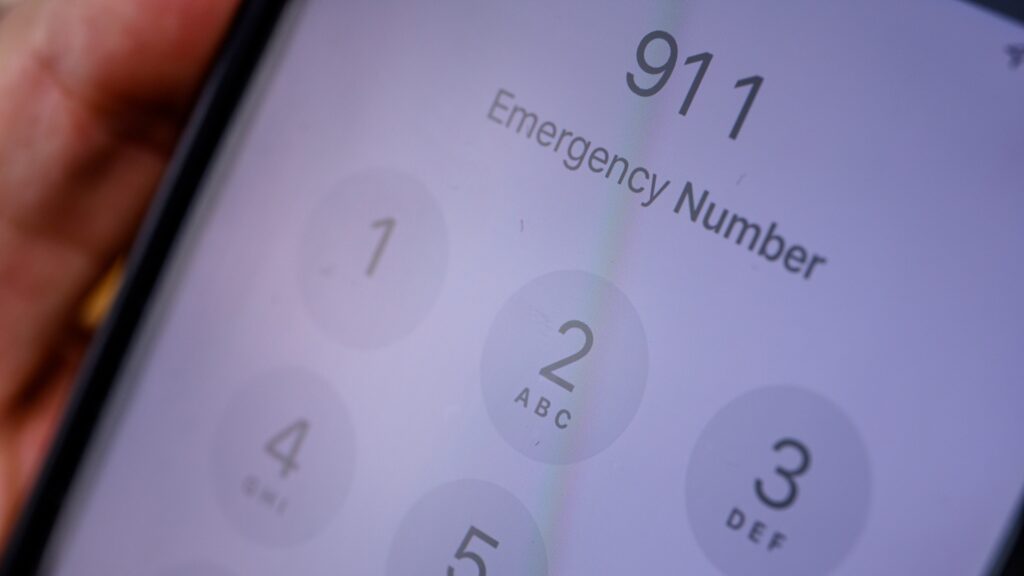Table of Contents Show
One of the biggest worries for many RVers is being able to drive their rig safely. However, stopping it is equally as important. Stab braking is one effective way to accomplish this.
If you plan to hit the open road in your recreational vehicle, you must know what it is and how to do it. You never know; your life could depend on it.
Today, we’ll introduce you to this method of braking and how you can start using it.
Let’s get to it!
What Is Stab Braking?
Stab braking, also known as stability braking, is typically used during emergencies. This braking style aims to stop the vehicle without skidding or losing control.
Most modern cars come with electronic stability control or anti-lock braking systems, which use technology to accomplish this.
On the other hand, drivers of vehicles without these capabilities will need to perform the technique themselves. Doing so helps prevent skidding, spinning out, and rollover accidents.
By being able to use this technique, you keep yourself and others on the road safer.
When Should You Use Stab Braking?
You should use the stab braking technique when you need to stop quickly. It could be to avoid a collision or other hazardous situation.
However, the ultimate goal is to stop a vehicle as instantaneously as possible.
In addition, if you’ve been driving for any time, you know it’s wise to adjust your driving during adverse weather conditions. The same applies to braking as rain, snow, and ice can severely compromise your ability to stop your vehicle. This is another instance where the use of the technique is possible.
Stab braking is an effective way to maintain stability and control your vehicle. It’s one of the best techniques if you need to stop fast.
As a result, it’s a good idea to get familiar with it. You should know what to do if you’re in a scary situation while behind the wheel.

Pro Tip: Check out these Safety Tips for Driving in the Rain.
Benefits of Stab Braking
Drivers who use this technique enjoy a few benefits. Let’s look at some of the most significant advantages of stab braking and why you should use it.
Enhanced Stability
One of the most significant benefits of stab braking is its enhanced stability throughout the vehicle. By avoiding locking up the wheels, the driver can maintain control.
This allows them to slow down and maneuver the car throughout the process.
As you can imagine, stability is essential when driving. Load shifts while stopping can be very dangerous and create a situation. Your automobile may not respond as expected because the momentum and weight push you in a different direction.
Thankfully, stab braking can help you avoid this.
Reduced Risk of Accidents
Any vehicle that’s struggling to stop can result in an accident. Luckily, stab braking can allow a driver to stop their truck quickly during unexpected situations.
Cars with the features built into them won’t have to do anything except push on the brake pedal.
Enhanced braking techniques and technologies can drastically reduce accidents. Roads are safer as they help drivers maintain control and reduce the distance it takes to stop.
Pro Tip: Read our RV Mountain Driving Tips You Should Know before you take on your first range.
Less Wear and Tear
Since these systems and techniques avoid locking the wheels, vehicles experience less wear and tear. Remember those marks you saw on the road where a vehicle locked up its wheels to skid to a stop? The black that you’re seeing is rubber from their wheels.
In addition to your wheels, severe braking can result in serious wear and tear to your brake pads and rotors. If you’ve ever had to replace these, you know they’re typically costly.
Using the right equipment and techniques can help you avoid unnecessary wear and tear on your vehicle and keep it in good working order.

How to Stop Your Vehicle Using Stab Braking
If you find yourself in a situation where you need to stop quickly, knowing how to do so is essential. Let’s walk through using the stab braking method to stop as fast as possible.
Recognize the Emergency
The first thing you need to do is to recognize the emergency or situation. This means avoiding distractions and staying aware of what’s happening around you. When every second and inch counts, you want to recognize the emergency immediately.
Once you recognize the emergency, you’ll need to respond. The time it takes for this to occur is an individual’s reaction time. Unfortunately, the older you get, the slower your reaction time becomes.
Keep Your Hands on the Wheel
When reacting to a situation, keep both hands on the wheel. Doing so can help you maintain control of the front tires, which determine the path your vehicle will travel.
If you must avoid obstacles or other vehicles, having both hands can help you complete any necessary maneuvers.
Using both hands is essential because your trajectory will likely change if you hit or run over objects. A firm grip with both hands can help reduce the chances of the course changing too much.

Apply the Brakes Firmly
With both hands on the wheel, it’s time to apply the brakes so you can finally start to slow down. Press them firmly, but don’t be too aggressive. Standing on the brake pedal could make it challenging to let go when the brakes lock up.
Drivers with anti-lock brakes will feel them activate when necessary. It can be an awkward feeling for anyone who has never experienced it. However, it can be reassuring that they’re doing their job trying to keep you and your passengers safe.
Pro Tip: What Is Defensive Driving? Click to find out!
Release and Reapply the Brakes
The second you feel the brakes lock up, you must release them. Continue repeating this process until you’re able to stop your vehicle.
Depending on the situation, it may take several cycles of releasing and reapplying to complete the job.

Steer as Needed
In addition to releasing and reapplying the brakes, you’ll also need to steer. Remember to consider other vehicles or obstacles around you. Scraping the side of your recreational vehicle against a large rock wall isn’t ideal. However, it beats flying over the side of a cliff.
Use your mirrors and decide where to steer to keep you and your passengers safe. You don’t want to overreact and make the situation worse.
Come to a Complete Stop
Continue working your way back and forth through these steps until your vehicle comes to a complete stop. If you’re on the road, move to a safer location to avoid other potential issues.
However, if there are injuries or damages, it may be best to remain in place until emergency services arrive. Use your best judgment.
Observe the Situation
Once you’ve stopped, take a deep breath and observe the situation. Your heart will likely be beating 100 beats per minute or more.
Continue to be aware of what’s going on around you and check in with others who may have been in the situation.
If there were injuries or damage, call 911 to get help on the way.

Should You Use the Stab Braking Technique?
If you’re driving a modern vehicle, there’s a good chance it will come with anti-lock brakes and other braking systems.
However, there’s always a chance that it’s not operating correctly. Knowing how to use the stab braking technique will be helpful in these instances. A faulty sensor or other minor issue can render your ABS useless, and stab braking may be your only option.
What other road safety tips do you know?






